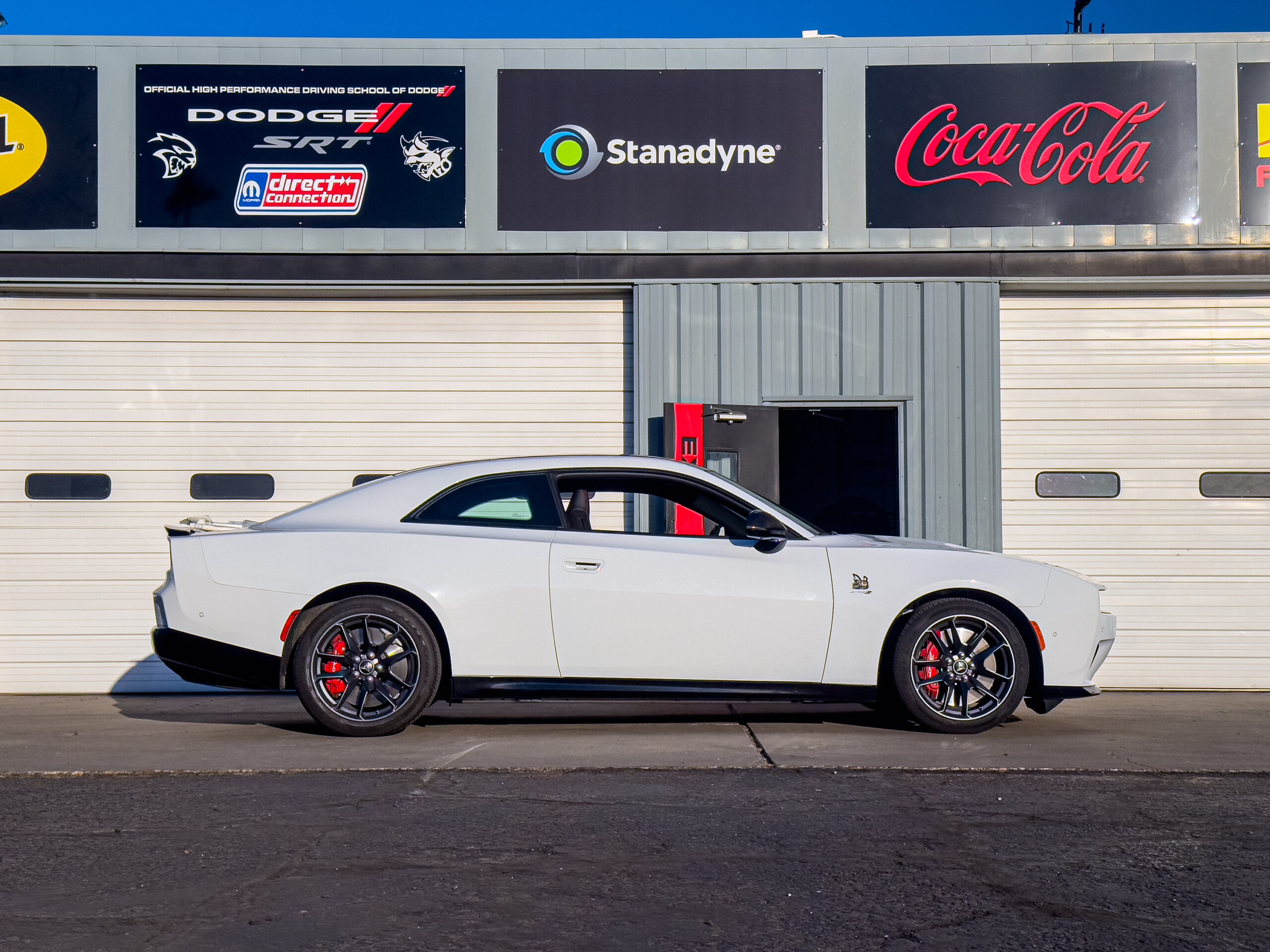Dodge keeps true to its roots with the first electric Charger muscle car
Ars Technica 2024-12-12
PHOENIX—Dodge gave its development team a relatively simple brief for the new Charger: It had to look, drive, and sound like a traditional Dodge muscle car. "If we don't make people uncomfortable, where are we going," asked Matt McAleer, Dodge and SRT's CEO. And you can see what he means: customers will have a choice of battery-electric or, from next year, an inline-six gasoline engine. For now, there is no throbbing V8 version, and those options will surely make some Dodge muscle car purists a little uncomfortable.
But the new car certainly looks the part. According to Scott Krueger, vice president for exterior design at Dodge, the stylists' aimed for "heritage, not retro," and they achieved that with a sedan shape that certainly evokes the classic 1968 Charger without directly copying any of its lines. It's a car that looks great in the metal, and features like the LED strip of daylight running lights and the so-called "R-wing" at the front ensure that the design feels thoroughly modern and not a pastiche.
 The Charger Daytona name is just for the BEV variant—when the straight-six Charger debuts next year it won't be a Daytona. Credit: Jonathan Gitlin
The Charger Daytona name is just for the BEV variant—when the straight-six Charger debuts next year it won't be a Daytona. Credit: Jonathan Gitlin It's not exactly compact, though—at 206.9 inches (5,248 mm) long, 78.1 inches (2,028 mm) wide, and 58.9 inches (1,497 mm) tall, the Charger was built with American roads (and parking spaces) in mind, and is in fact 2 inches (50 mm) wider than the outgoing Charger Hellcat widebody.